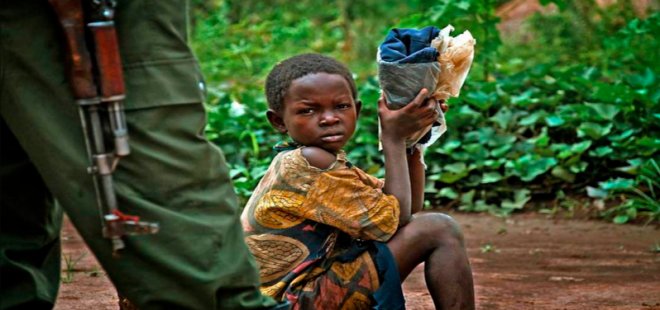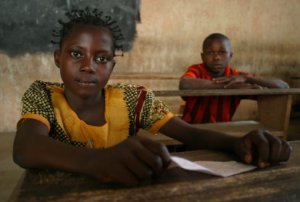
|
Child Sponsor CAR |
Child Sponsor CAR |
Child Sponsor CAR | Child Sponsor CAR |
For information, videos and photos of the Central African Republic check out our CAR profile pages.
More >
|
|

|
Modern child sponsorship initiatives recognise that addressing the challenges faced by a single child requires strengthening the entire environment in which they live. Generally, sponsor organisations employ two primary types of sponsor programs. The traditional model involves direct, one-on-one sponsorship, where a donor receives regular updates, letters, and photos from a specific child. This creates a powerful emotional connection, reminding the child that someone far away believes in their potential. However, many effective organisations utilise a holistic, community-focused approach. In this model, funds are pooled to support broader initiatives within the sponsored child’s locale. Instead of focusing solely on one individual, these resources develop sustainable infrastructure, such as building and staffing local health clinics, drilling boreholes for clean water, or constructing and maintaining schools. While the sponsor retains a connection to a specific child, the money ensures that every child in that community-sponsored or not, benefits from improved living conditions, thereby maximising the impact on the community and preventing internal divisions. A critical aspect of ethical and sustainable relief work is ensuring fairness in the enrollment process. The organisations operating in the CAR utilise systematic methods to determine which children are selected for child sponsorship and how. Selection avoids arbitrary or first-come, first-served approaches, instead focusing on vulnerability mapping. Children are typically identified through close coordination with local community leaders, village elders, and partner organisations already working on the ground. Priorities are usually given to orphans, children from internally displaced families, those suffering from severe levels of malnutrition, children with chronic health issues, or those living in geographical areas with the most limited access to basic services like education and healthcare. This meticulous process ensures that the program reaches those facing the greatest hardship, providing support where the need is most acute and offering transparency to the donors and the community alike. Sponsorship yields dual benefits, creating immediate relief for the child while planting seeds for long-term community transformation. The most visible impact on children’s lives is the guaranteed access to essentials. Sponsorship ensures regular, nutritious meals, access to primary healthcare (including vaccinations and basic medical treatment), and the critical inclusion in an educational setting. Education provides more than just literacy and numeracy; it offers a safe space, protection from early marriage or recruitment into armed groups, and the development of aspirations that extend beyond survival. For a child in CAR, being sponsored means receiving dignity, safety, and a chance to realise their potential. Crucially, the ripple effect extends outward, creating a massive positive impact on the community. When sponsorship funds support the renovation of a local school, it provides employment for local builders and teachers. When funds establish a water source, women and girls no longer have to walk miles each day, freeing up that time for economic activity or education. Improved healthcare reduces the burden of disease, allowing adults to work and contribute to the local economy. When you sponsor a child in CAR, you become a partner in a powerful engine for local development, fostering self-reliance and moving communities from a state of constant fragility toward sustainable stability. |









